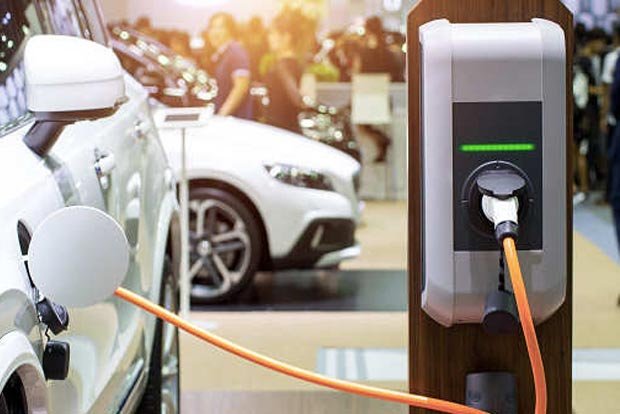You would agree that electric vehicles (EV ) are turning out to be increasingly popular. However, before there can be a massive transition to electric car usage, an adequate network of electric vehicle charging stations must be created in order to diminish the range anxiety for potential owners.
Over the past couple of years, your local gas station might have gotten a bit of an upgrade. As more and more electric vehicles emerge onto the highway toward 2030 and beyond, EV charging stations are emerging from region to region. But how could the same type of stuff that makes your electric toothbrush buzz be what powers a type of two-ton vehicle from 0–60 mph in complete silence? Well, don’t scratch your head and here you would know how vehicle charging stations work.
Proper power structure
EV technology has been there since the 1800s, and the basics of these early electric vehicles are not too different from where you are today. A frame of rechargeable fuel cells offered the power to spin the wheels and drive the car forward, and many early EV s could be charged by the same type of electrical outlets that powered specific lights and appliances in turn-of-the-century residences or homes. Though it may be hard to imagine a battery-powered car at the time when the chief source of road traffic was the horse-drawn type of carriages, the reality is that the earliest innovators of motorcars experimented with all types of force systems, from pedals and steam to that of batteries and liquid fuel. In many ways, it appeared like EV s had pole position in the race to massive production because they did not really need massive water tanks and heating systems to form up steam and didn’t really belch vapors and blast out noise like gasoline engines.
How does electric vehicle charge station work today?
Well, in a fundamental manner, not much has altered: a plug gets into the charging port on the vehicle, with the other end hangs up to an electrical outlet — in various instances, the same one that powers a home’s lights and appliances. Of course, years of modern advancements in technology and engineering have formed the process convenient and vastly more efficient.
There are three chief types of chargers based on the output each offers. Level 1 charger makes use of the same standard 120 v outlets you discover in homes and personal garages and can even add up to 5 miles of range each hour of charging — ideal for a commuter who lives a short distance from their office and can allow their vehicle charge overnight at the end of each workday. Level 2 chargers offer up to 20 miles of range per hour of charging but demand extra equipment to handle higher-capacity 240 v residential outlets and 208 v that of commercial outlets such as you may find at an office building or complex.
Remember, electric vehicle charging stations act by harnessing electricity from one of the various sources, then distributing that power to the vehicle. Relying on an EV’s make and model, there are a couple of standard plugs and corresponding vehicle outlets and battery kinds, but usually mentioning, an EV makes use of electrical energy stored in its fuel cells to fuel a motor that physically spins the wheels.
Conclusion The
To sum up, since you have an idea about how the concept of electric vehicle charging stations work, you can be more confident about your vehicles.











